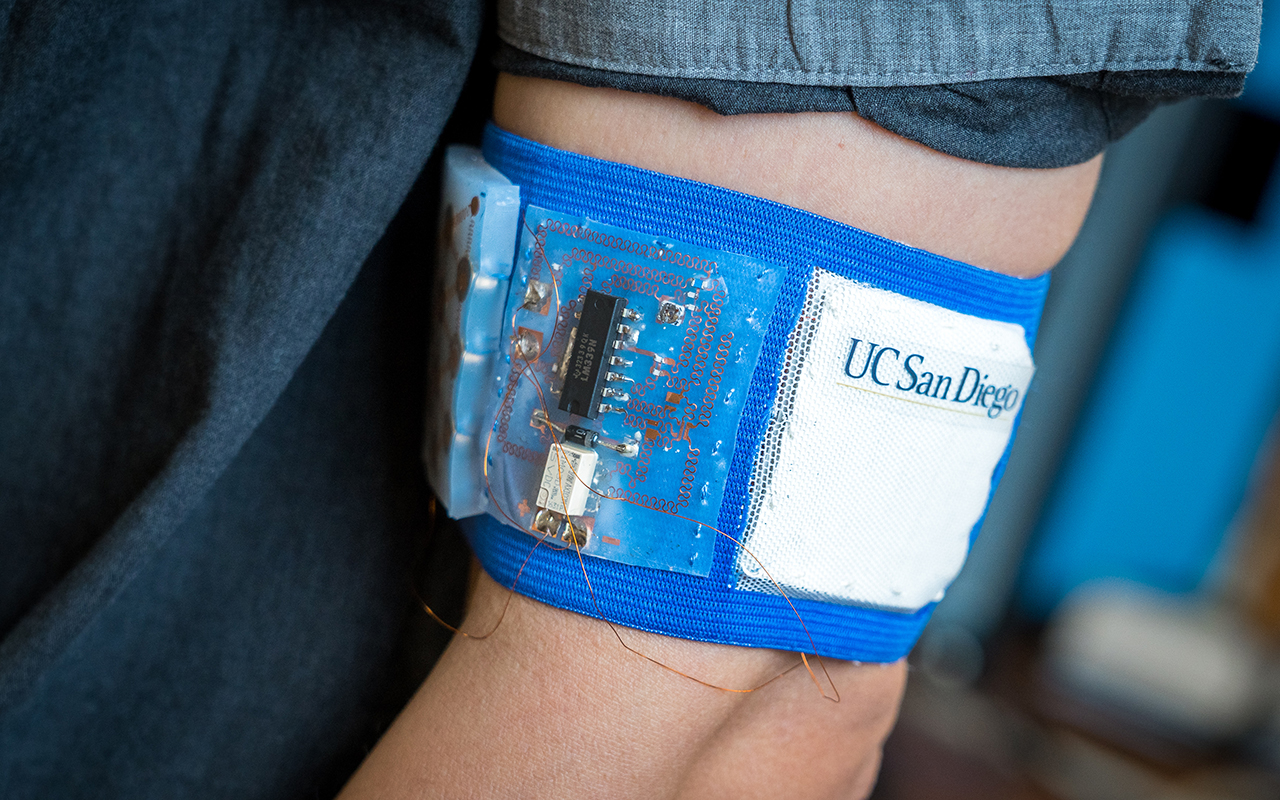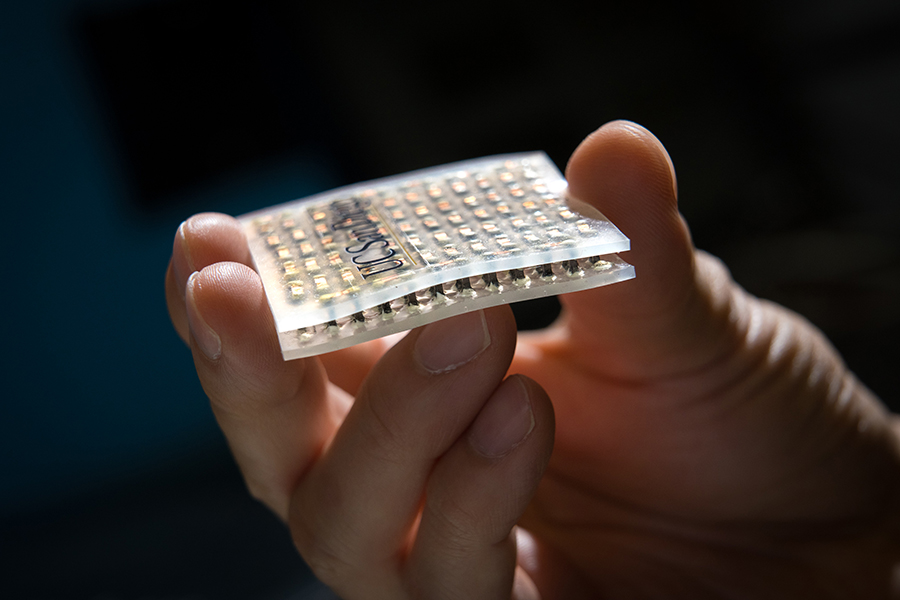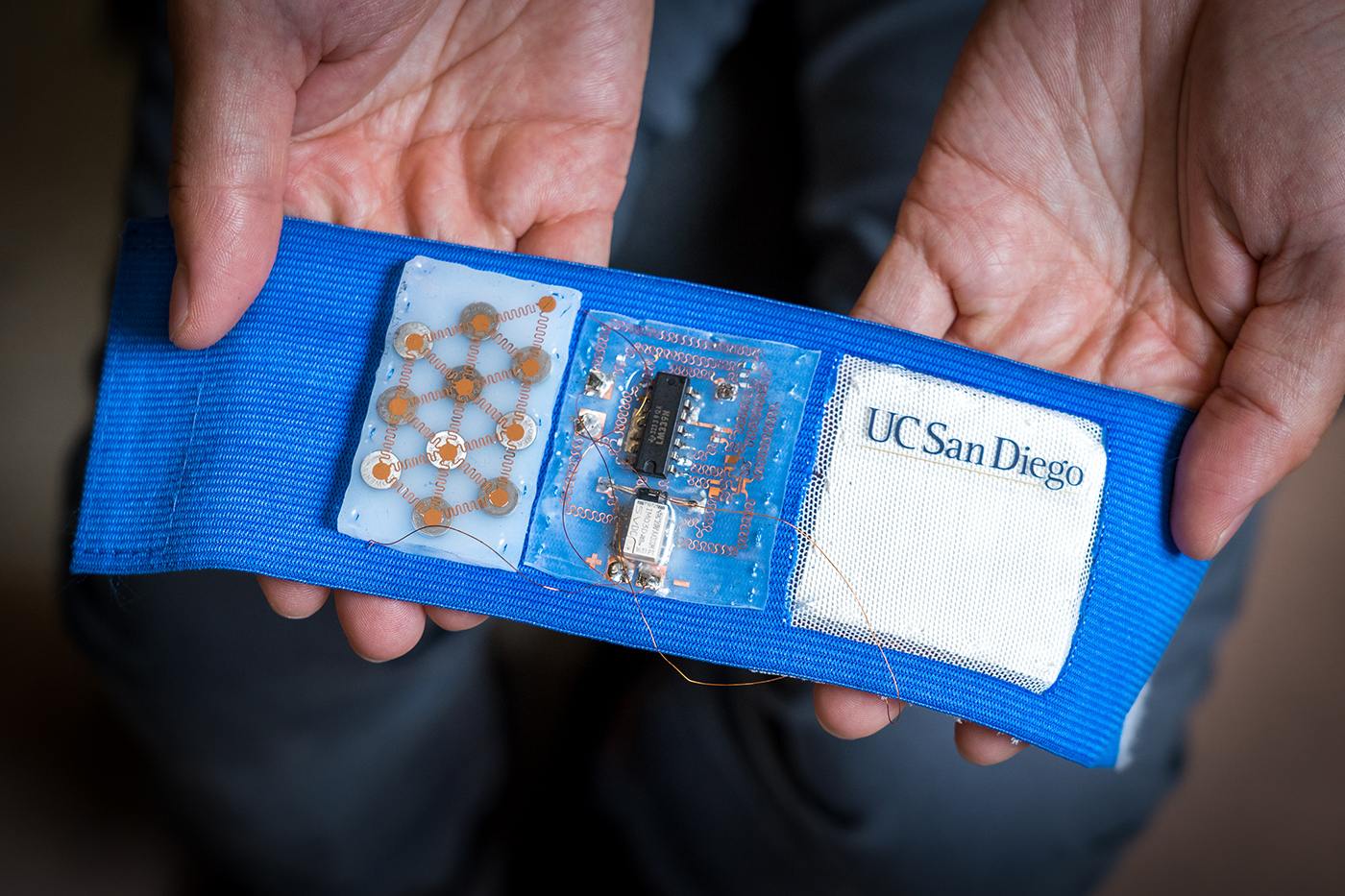Innovative Personal Thermostat Technology
According to a study published in the journal Science Advances, researchers have engineered a wearable thermostat patch that is powered by a flexible, stretchable battery pack meshed in clothing. The technology is believed to be economically advantageous by helping researchers save energy costs on air conditioning and heating.
Learn more about other personal thermostat technologies:
"This type of device can improve your personal thermal comfort whether you are commuting on a hot day or feeling too cold in your office," said Renkun Chen, lead author of the study and professor of mechanical and aerospace engineering at UC San Diego. "If wearing this device can make you feel comfortable within a wider temperature range, you won't need to turn down the thermostat as much in the summer or crank up the heat as much in the winter.”

Although personal cooling and heating devices exist, they are not always efficient. However, with the new device, the design will be comfortable with lightweight flexibility and convenience to wear.

The device is a patch made of thermoelectric alloys that will physically cool or heat the skin to the temperature desired by the wearer and is powered by a flexible battery pack.
"You could place this on spots that tend to warm up or cool down faster than the rest of the body, such as the back, neck, feet or arms, in order to stay comfortable when it gets too hot or cold," said first author Sahngki Hong, a UC San Diego mechanical engineering alumnus who worked on the project as a PhD student in Chen's lab.

"To do cooling, we have the current pump heat from the skin side to the layer facing outside," Chen explained. "To do heating, we just reverse the current so heat pumps in the other direction."
"We've solved the fundamental problems, now we're tackling the big engineering issues -- the electronics, hardware, and developing a mobile app to control the temperature," Chen said.








